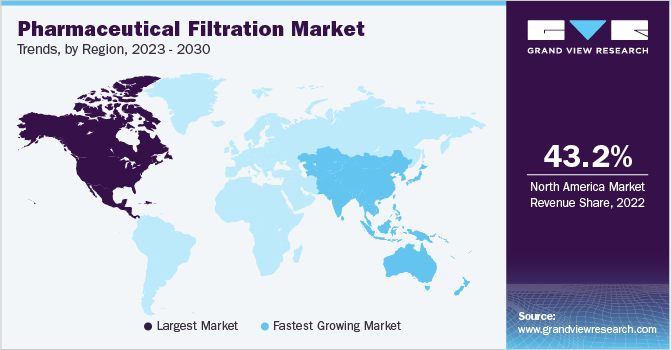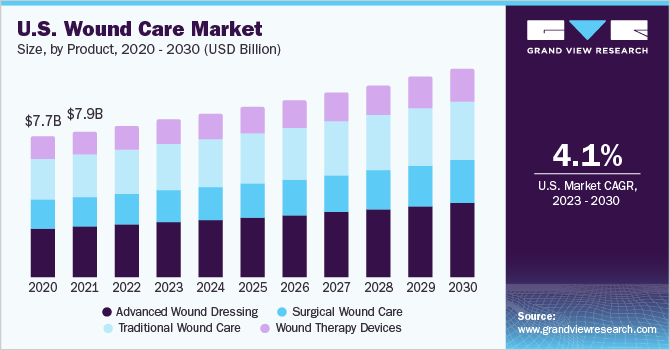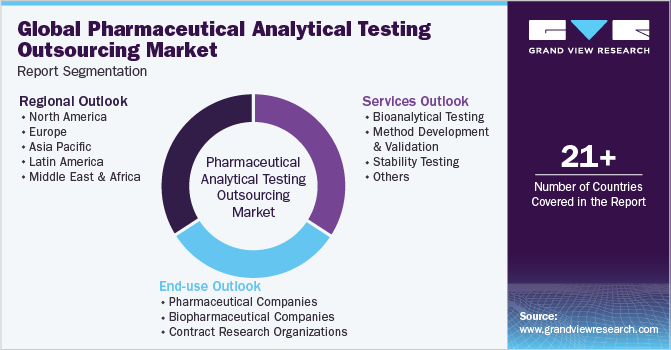Pharmacy Automation Devices Market Growth & Trends
The global pharmacy automation devices market size is expected to reach USD 11.6 billion by 2030, expanding at a CAGR of 9.9%, based on a new report by Grand View Research, Inc. This growth can be attributed to the rising adoption of pharmacy automation devices, such as automated dispensing systems, packaging systems, and storage and retrieval systems for pharmaceutical purposes. Pharmacy automation has increased the efficiency and productivity of pharmacies as well as improved patient safety. It reduces the time required for counting, filling, packaging, and labeling of patient prescriptions.
In addition, according to a report published by Omnicell Inc., 75% of the pharmacist’s time is spent on nonclinical operations, such as order review & verification (41%), drug distribution (19%), administrative management (8%), education & other (7%), and clinical (25%). Through automation, pharmacists can spend more time on patient care. Moreover, it helps to prevent product contamination and errors, thereby reducing the risk of liabilities and increasing patient safety.
The COVID-19 pandemic has significantly impacted the market. Many pharmacy automation players witnessed a decline in revenue from the second quarter of 2020 owing to the COVID-19 pandemic. For instance, Omnicell Inc. witnessed a decline in its revenue by -0.13% in the second quarter of 2020. However, the pandemic has exposed gaps and challenges across the pharmacy supply chain, making more sophisticated automation and intelligence capabilities critical to effectively manage medications in the post-COVID world.
Request a free sample copy or view report summary:
Pharmacy Automation Devices Market Report
Report Attribute Details
Market size value in 2023 — USD 6.0 billion
Revenue forecast in 2030 — USD 11.6 billion
Growth Rate — CAGR of 9.9% from 2023 to 2030
Base year for estimation — 2022
Historical data — 2018–2021
Forecast period — 2023–2030
Pharmacy Automation Devices Market Report Highlights
- In 2022, the medication dispensing segment dominated the market in 2022. Medication dispensing systems are often used to distribute medication, which helps to decrease mistakes and improve how fast and accurate the process is. These advantages of medication dispensing devices are increasing their use, leading to growth in the market
- The automated medication compounding systems segment is expected to witness significant growth over the forecast period. This can be attributed to growing adoption of personalized medication for chemotherapy and rising demand to minimize medication errors are boosting the adoption of automated medication compounding systems among end users
- The retail pharmacy segment held the largest revenue share of market in 2022. The segment is being driven by the rise in the number of independent and chain pharmacies, and the presence of prescription drugs in supermarkets and large retailers in countries like the U.S. and UK
- The North America region dominated the market in 2022. Technological advancements in medication management in hospitals and pharmacies are expected to drive the demand for pharmacy automation devices to the market in the region
- The presence of large number of key players such BD, Omnicell, Baxter, AmerisourceBergen, and Cerner. Majority of the global pharmacy automation companies such as BD and Baxter generated more than 50% of sales revenue from the developed countries such as, the U.S
- In July 2022, BD acquired Parata Systems, LLC, to entire the pharmacy automation market





